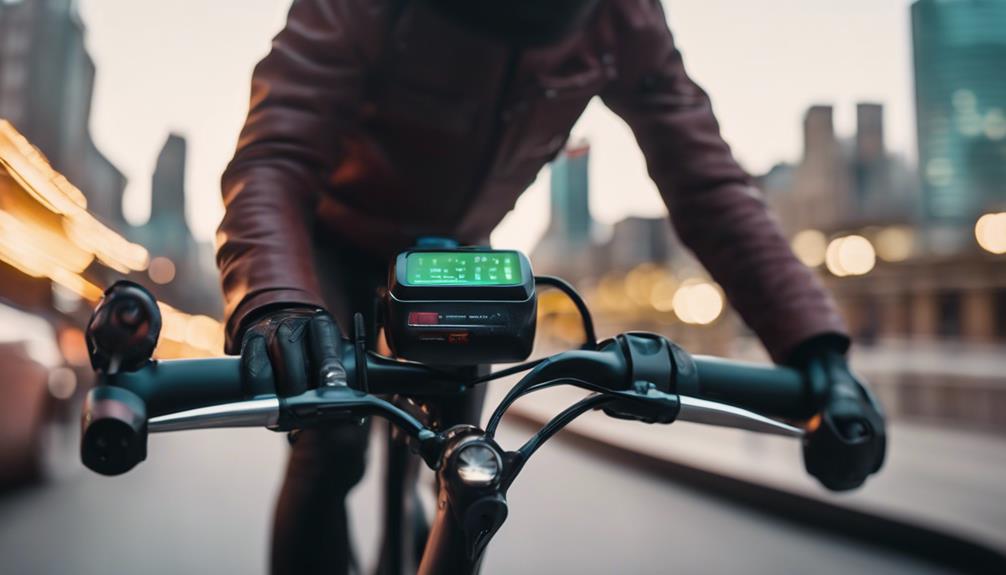Bicycles are more than just a mode of transportation; they are a lifestyle choice, a form of exercise, and an eco-friendly alternative to gas-powered vehicles. Whether you are a seasoned cyclist or a beginner looking to explore the world of biking, purchasing the right bicycle can significantly enhance your experience. This article serves as a detailed guide on how to buy a bicycle, including types, features, and tips to help you make an informed decision.
Understanding the Types of Bicycles
Before making a purchase, it’s essential to understand the various types of bicycles available in the market. Each type is designed for specific riding styles and conditions. Here are the main categories:
- Road Bikes: Lightweight and built for speed, road bikes feature narrow tires and a streamlined design. They are ideal for long-distance riding on paved surfaces.
- Mountain Bikes: Designed for off-road cycling, mountain bikes come with wider tires and rugged frames. They excel on rough terrains, such as trails and dirt paths.
- Hybrid Bikes: A blend of road and mountain bikes, hybrids are versatile and suitable for various terrains. They are perfect for casual rides and commuting.
- Electric Bikes (e-bikes): These bicycles come with an electric motor that assists with pedaling, making them ideal for those who want to cycle longer distances with less effort.
- Folding Bikes: Compact and portable, folding bikes are perfect for commuters with limited storage space. They can be easily folded and carried on public transport.
Choosing the Right Size
Choosing the right bike size is crucial for comfort and performance. Here are steps to determine the right fit:
- Height Measurement: Stand straight against a wall and measure your height. Most bike manufacturers provide size charts based on height.
- Inseam Measurement: Measure your inseam by standing with your feet shoulder-width apart and measuring from the floor to your crotch. This measurement helps determine frame size.
- Saddle Height Adjustment: Once you have the bike, adjust the saddle height so that your leg is almost fully extended when pedaling.
Key Features to Consider
When buying a bicycle, several features affect performance, comfort, and safety. Here are some essential features to consider:
- Gearing: Bicycles come with different gear systems. More gears provide versatility for various terrains, while single-speed bikes are easier to maintain.
- Brakes: Options include rim brakes and disc brakes. Disc brakes offer better stopping power, especially in wet conditions.
- Frame Material: Common materials include aluminum, steel, carbon fiber, and titanium. Each has its pros and cons in terms of weight, durability, and cost.
- Tires: The type of tires affects traction and speed. Wider tires offer more stability, while narrower tires are faster on paved roads.
- Suspension: Mountain bikes may have front or full suspension, which helps absorb shocks on rough terrains.
Budgeting for Your Bicycle
Setting a budget is an essential step in the buying process. Bicycles can range from a few hundred to several thousands of dollars. Here’s how to approach budgeting:
- Entry-Level Bikes: Typically range from $300 to $800 and are suitable for casual riders or beginners.
- Mid-Range Bikes: Priced between $800 to $2,000, these bikes often offer better components and durability.
- High-End Sports Bikes: Costing upwards of $2,000, these bikes are designed for serious cyclists who need performance and advanced features.
Where to Buy a Bicycle
There are various places to purchase a bicycle, each with its advantages and disadvantages:
- Local Bike Shops: Offer expert advice, bike fitting services, and after-sales support. Prices may be higher than online stores.
- Online Retailers: Often have lower prices and a wider selection. However, purchasing online means you may miss out on personalized service and fitting.
- Second-Hand Market: Websites and local classifieds can provide good deals on used bikes, but it’s essential to inspect them for wear and tear.
Test Riding: The Final Step
Before finalizing your purchase, always test ride the bike. This step is crucial for ensuring comfort and performance. Here’s what to look for during a test ride:
- Comfort: Ensure the saddle height and position feel right and that the handlebars are at a comfortable level.
- Handling: Pay attention to how the bike feels when turning and accelerating. It should feel stable and responsive.
- Braking: Test the brakes to ensure they respond effectively without grabbing too hard or feeling spongy.
Maintaining Your Bicycle
After purchasing a bicycle, maintaining it is essential to ensure longevity and performance. Here are some basic maintenance tips:
- Regular Cleaning: Keep the bike clean to prevent rust and wear. Wipe down the frame and components after rides, especially if riding in wet conditions.
- Tire Pressure: Check tire pressure regularly. Proper inflation improves performance and reduces the risk of flats.
- Lubricate Moving Parts: Apply lubricant to the chain and other moving parts to prevent friction and wear.
- Regular Tune-Ups: Schedule a professional tune-up at least once a year to keep the bike in optimal condition.
Conclusion
Buying a bicycle is an exciting venture, whether you’re doing it for leisure, fitness, or commuting. By understanding the different types of bicycles, selecting the right size and features, budgeting wisely, and conducting thorough test rides, you can make an informed decision that suits your cycling needs. Remember, proper maintenance will prolong the life of your bicycle and enhance your riding experience. With the right preparation and knowledge, you’ll be well on your way to enjoying the many benefits of cycling.
